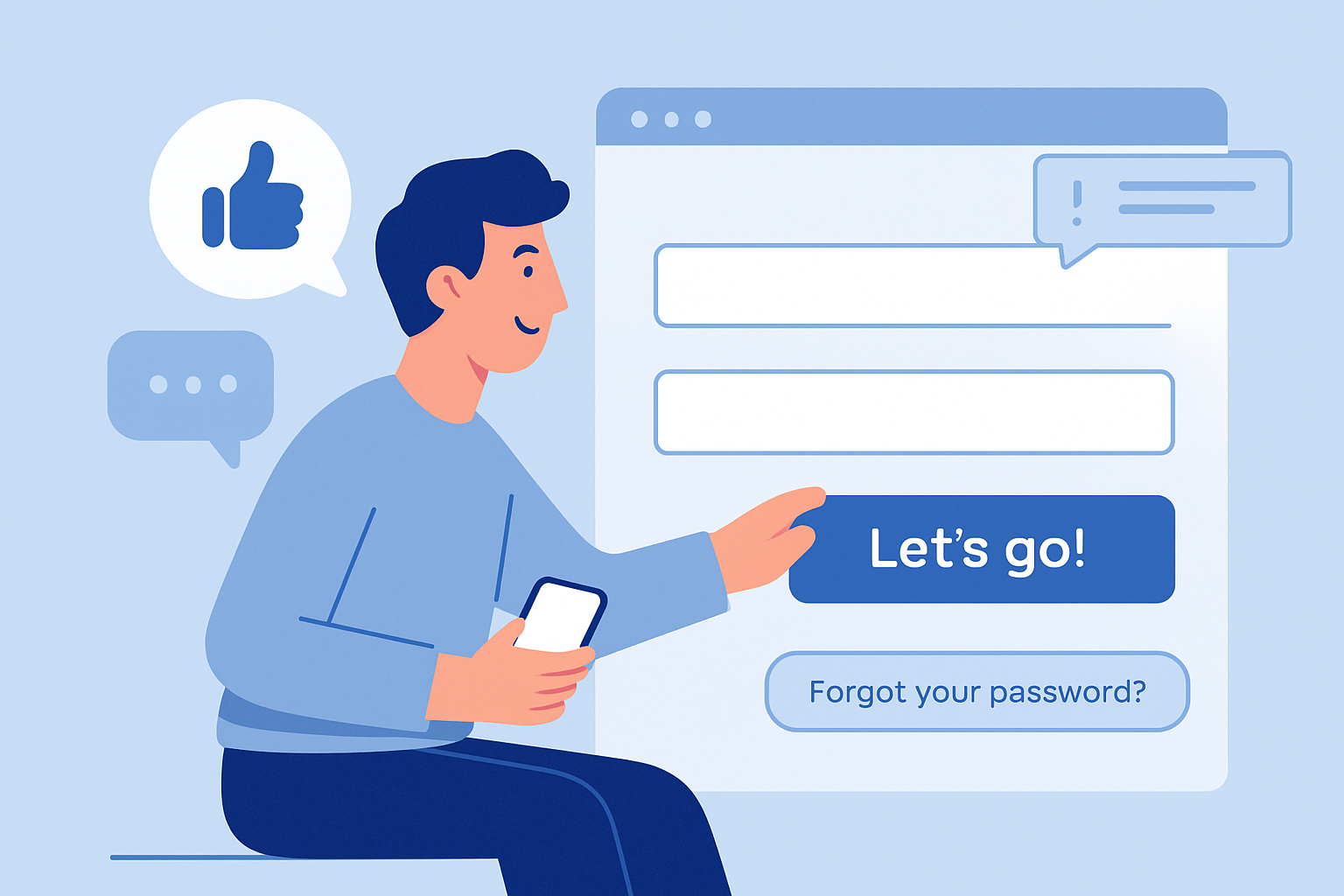
Designing a website isn’t just about making it look good — it’s about making it work for your users. User-centric design puts real people at the heart of every decision, turning ordinary sites into intuitive, conversion-friendly experiences. Let’s explore what this means in 2025 and how you can start applying it today.
What Is User-Centric Design, Really?
At its core, user-centric design (UCD) is about understanding your audience and designing experiences tailored to their needs. It’s not a one-size-fits-all approach. It requires research, empathy, and continuous improvement. Whether you’re designing for a 65-year-old retiree or a Gen Z gamer, their behaviors, expectations, and comfort levels will vastly differ — and your design needs to reflect that.
Why It Matters More Than Ever in 2025
Today’s users have high standards. With endless choices just a click away, a frustrating or confusing interface will quickly drive them elsewhere. Search engines also reward usability, meaning user-centric sites don’t just convert better — they rank better too.
Some reasons UCD matters now more than ever:
Better retention: Users stick around when they feel understood.
Improved accessibility: Good design helps everyone navigate your site, regardless of ability.
Stronger trust: A seamless experience builds credibility instantly.
Higher conversions: Smooth journeys turn clicks into actions.
Key Pillars of a User-Centric Website
There’s no single template, but these principles show up in all strong UCD strategies:
Clarity beats cleverness: Fancy animations and language are nice, but clarity wins. Say what you mean.
User flows are everything: Map how users actually interact with your site, not how you want them to.
Feedback matters: Even tiny microinteractions — like a loading icon or success message — improve confidence.
Minimal friction: Reduce the number of clicks, forms, or steps needed to take action.
Real Examples We Love
How to Start With UCD — Even on a Small Budget
You don’t need a massive team to get started. Here’s how small businesses or solo creators can apply user-centric design:
Talk to users: Interview 3–5 people who fit your target audience.
Use heatmaps: Free tools like Microsoft Clarity show how users interact with your pages.
Test small changes: Swap button placements, tweak copy, and measure what works.
Design for accessibility: Use color contrast tools and readable font sizes from day one.
Watch: What is User-Centric Design Process?
See practical tips, case studies, and tools that make a measurable difference.
Final Thoughts:
User-centric design isn’t a buzzword — it’s a strategy that delivers real results. The more you design for them, the more your website will work for you. Whether you’re launching something new or revamping an old site, start with your users, and success will follow.

